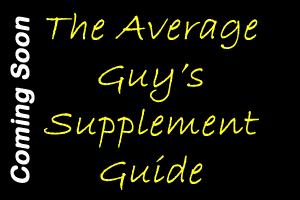There used to be a cereal commercial on T.V. I can't remember which specific cereal it was, but their tag line was "Breakfast of Champions". The commercials and the cereal box usually had a picture of some Olympic or professional athlete. Naturally they wanted to imply that the pictured athlete used their breakfast cereal and of course it may be responsible for their athletic performance.
Their thinking wasn't far off. Breakfast is indeed the the meal of champions. First and foremost it is the most important meal of the day. Research has shown that successful weight loss programs always begin with a well balanced breakfast. If you think about it, you are fasting when you are asleep at night. Your first task of the day should be to get the furnace started, and the furnace will not burn without fuel. So, now the question – what does constitute a good breakfast. What should I eat? Well, this is a good time to clear your mind of the old standard breakfast. There is no rule that says breakfast has to contain eggs or cereal. In fact, breakfast does not need to be much different that any of your other meals throughout the day.
You need to change your way of looking at breakfast. Meats such as turkey sausage, turkey bacon as well as vegetables such as spinach, broccoli or cauliflower can also be used as a kick start for the furnace.
Breakfast needs to contain three vital ingredients – protein, carbohydrates and good fats. It is your choice, as long as it is a healthy choice, what you prepare for breakfast.
Here are a few suggestions for breakfast:
1 chicken sausage, 1 cup cooked broccoli, 2 tsp extra virgin olive oil
Hard boiled egg and yogurt mixed with real fruit
2 eggs, 1 cup steamed cauliflower, 2 tsp flaxseed oil over the cauliflower
1 whole egg, 2 egg white – make into omelet with spinach
There are several sources on the web that provide excellent nutritional information. A couple sites you can look at are:
www.precisionnutrition.com – John Berardi
www.ProvenFatLossDiet.com – Isabel De Los Rios. A couple of the meal plans above are from her.
www.sparkpeople.com – a site submitted by one of our clients here at Victoria Wellness.
Please be selective where you gather your information and feel free to talk with me about any information you come across on the web. So, if you are already eating a healthy breakfast, good for you! If you are skipping this meal, now is the time to make some changes. If you are trying to lose weight, this is Step #1 in your weight loss plan.
We are all Champions, so let's start eating like Champions.
Till next time,
Narina
“Monitoring, Mentoring, Motivation”

